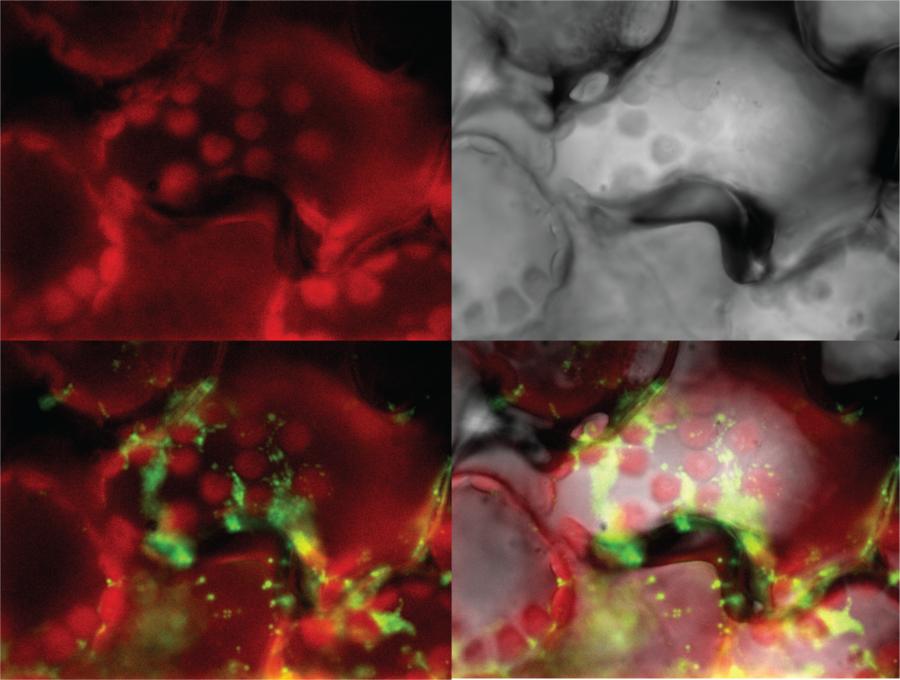Mitochondria need most of their protein parts to be imported in from the cytosol for their formation and activities. This import is enabled through recognition of a targeting peptide that is subsequently cleaved and further degraded step-by-step in a reaction called the mitochondrial processing pathway. Over the years a number of aminopeptidases have been characterised that degrade targeting peptide fragments and release their amino acids components, with the exception of the amino acid proline. As such, an aminopeptidase that targets proline remained to be discovered in plant mitochondria.
In a study led by researchers from the ARC Centre of Excellence in Plant Energy Biology at the University of Western Australia, and in collaboration with scientists from Stockholm University, a proline-cleaving aminopeptidase called PAP2 (prolyl aminopeptidase 2) was identified in the model plant Arabidopsis thaliana. Activity assays showed that PAP2 preferentially releases N-terminal proline over other types of amino acids, including non-polar, polar-cationic, and polar-anionic residues. Protein localisation studies confirmed that PAP2 is exclusively targeted to the mitochondria. This, combined with its activity, suggests a role for PAP2 in the mitochondrial processing pathway, particularly in the liberation of proline from peptides.
Further, in this study the loss of PAP2 function was found to result in defective pollen development, possibly linked to depleted proline level in floral tissues. Deletion of PAP2 also negatively affected plant response to osmotic stresses, such as high salinity and drought.
Overall, this study demonstrates that the activity of PAP2 provides a previously unknown piece of the plant mitochondrial processing pathway and suggests a role for PAP2 in regulating proline homeostasis important for plant stress responses.
Ghifari AS, Teixeira PF, Kmiec B, Pružinská A, Glaser E and Murcha MW (2020) A mitochondrial prolyl aminopeptidase PAP2 releases N‐terminal proline and regulates proline homeostasis during stress response, The Plant Journal.
72LQxybqwJeKw4kXS

